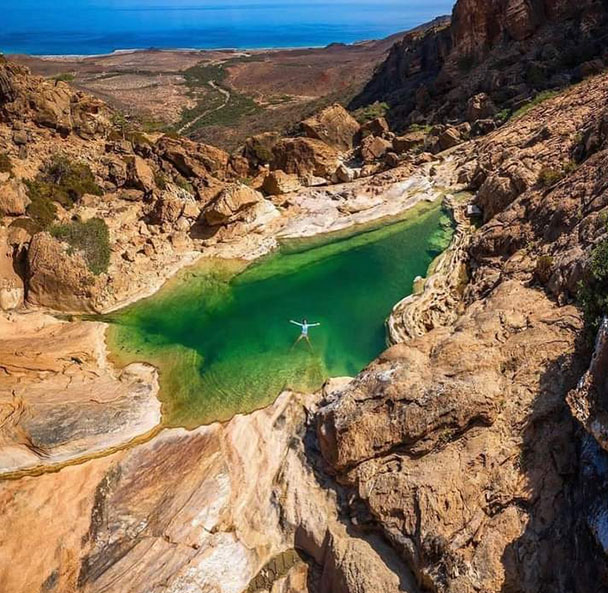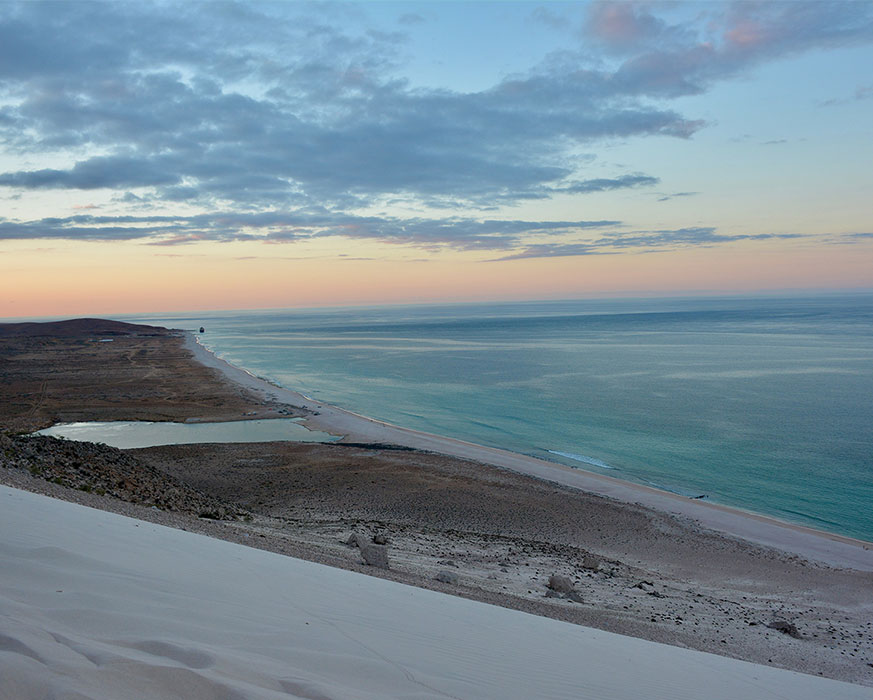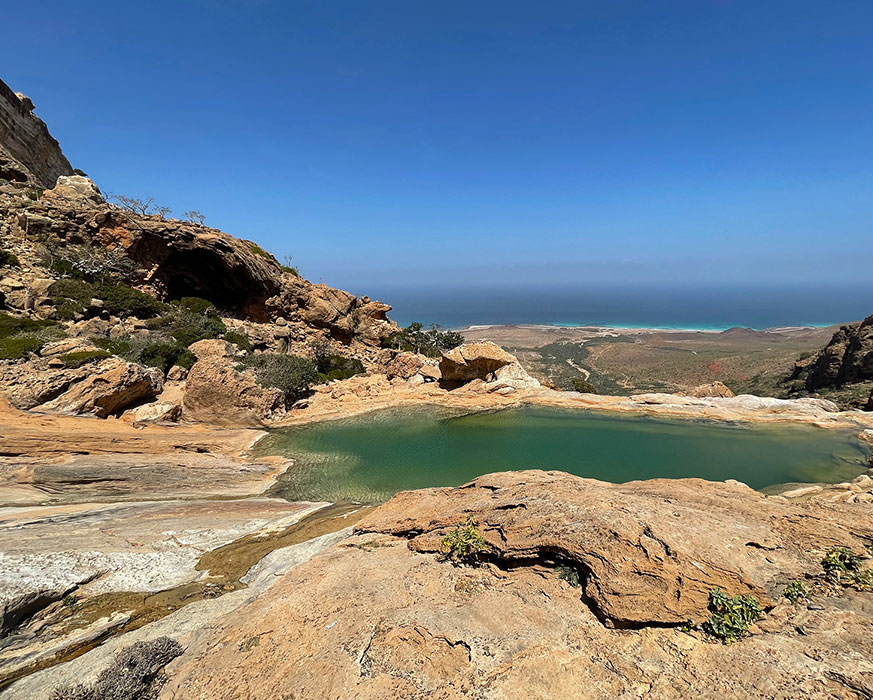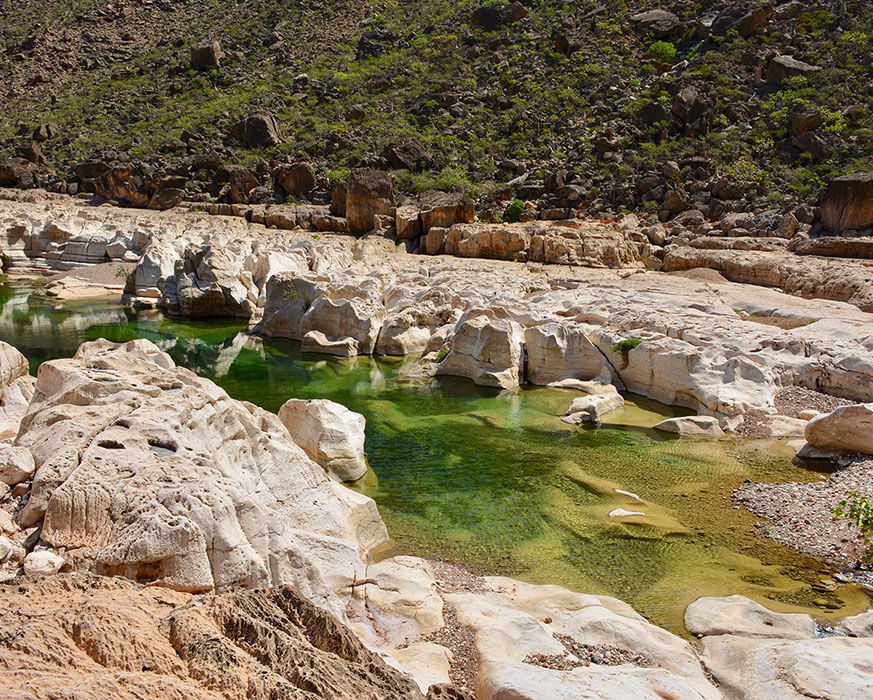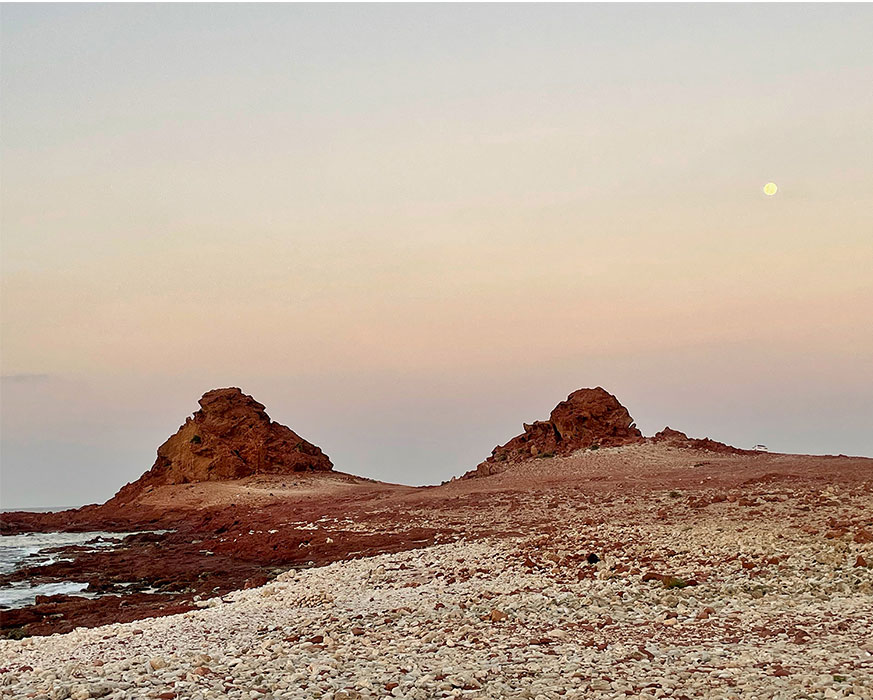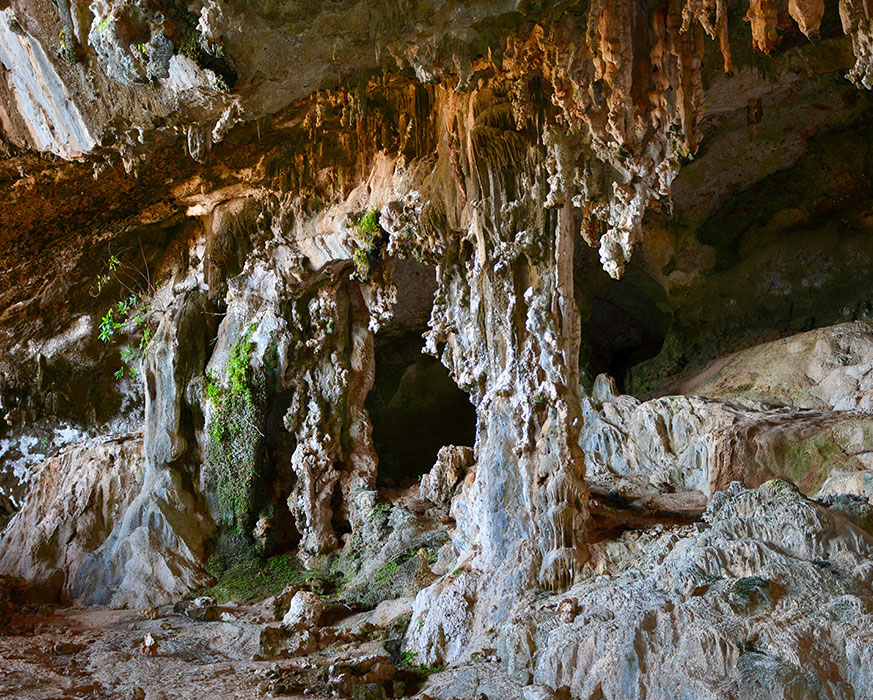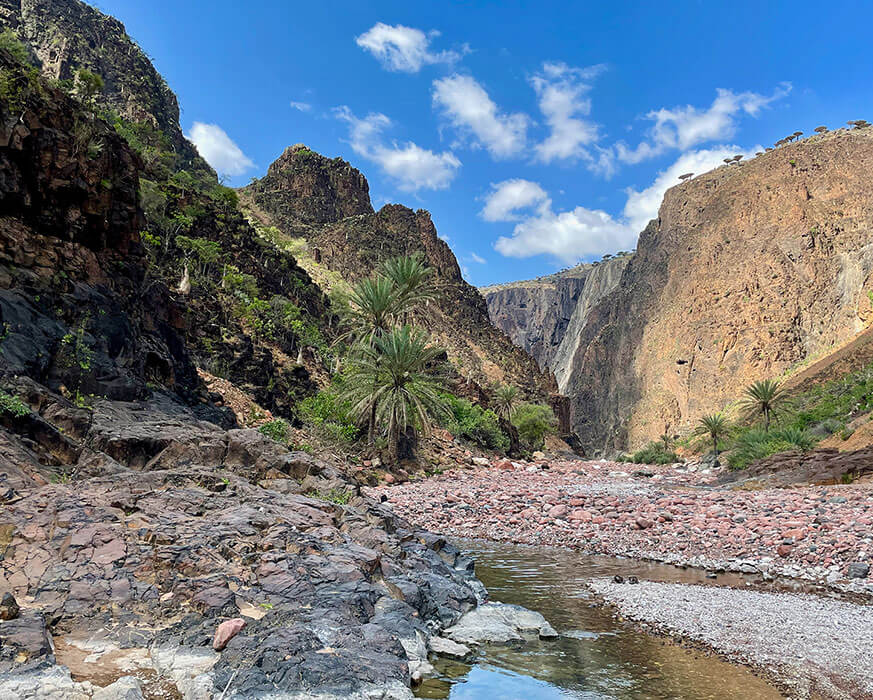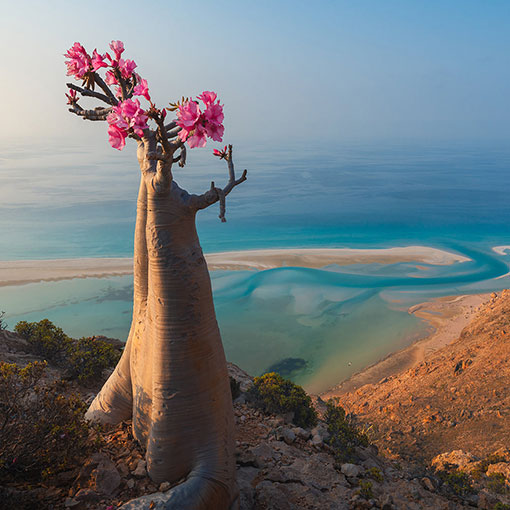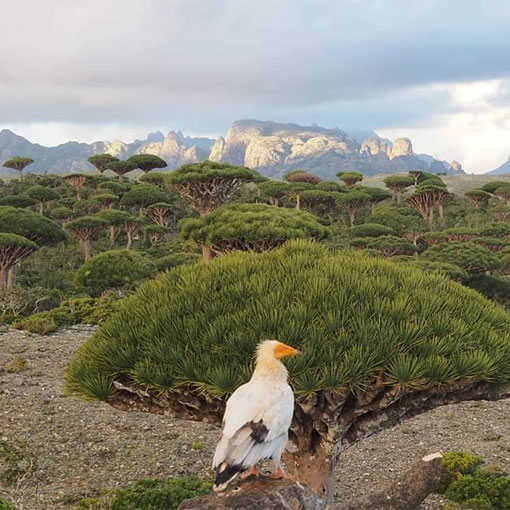Socotra Island is a paradise for eco-tourists and adventure seekers. Famous for its incredible biodiversity and rugged landscapes, the island offers a wealth of experiences, from diving to birdwatching. Whether you’re seeking an exciting escape or a peaceful retreat, Socotra tours offer something for every traveler. Here’s a guide to the top activities you shouldn’t miss during your next Socotra trip.
Discover Socotra’s Underwater Treasures: Scuba Diving and Snorkeling
One of the best ways to explore Socotra’s natural beauty is underwater. Scuba diving in the island’s marine protected areas, such There are five main diving locations in Socotra: Dihamri Marine Protected Area with more than 80 kinds of corals and 150 fish species, Roush Marine Protected Area with a reef drop off about 1 km from the coast, Adho with deep dives, and the eastern tip of the island called Ras Irsil and western Shouab coast both with shipwrecks.
For those who prefer snorkeling, the crystal-clear waters of Omaq Beach at Nujad Plain and the serene Detwah Lagoon in Qalansiyah offer an unforgettable experience. These sites are highlights of any Socotra eco tour, allowing you to explore the untouched beauty of the island’s marine life.
Hiking, Trekking, and Cave Exploration
For those who love adventure on land, Socotra’s dramatic landscapes provide excellent opportunities for hiking and trekking. The Hajhir Mountains and Dixam Plateau, with its famous Shebahon viewpoint, are ideal locations to take in the breathtaking views of the island. Additionally, the ancient Hoog Cave, Dequb, and Halah Caves offer exciting exploration opportunities for visitors interested in Socotra’s geological wonders.
Camel Tours: A Unique Socotra Experience
One of the most memorable ways to experience Socotra is by embarking on a camel tour. These tours provide an authentic way to explore the island’s northern and southern coasts, particularly near Hadibo. Riding a camel at sunset offers a peaceful and scenic way to discover Socotra’s natural beauty, and it’s an experience that makes Socotra trips truly unique.
Birdwatching: Socotra’s Avian Treasures
Bird lovers will be thrilled by Socotra eco tours, which allow you to observe some of the rarest birds in the world. The island is a prime location for spotting species like the cormorants, flamingos, and various sea birds. Key birdwatching spots include the west coast, the heights of Dixam Plateau, and Qaryiah Lagoon. For those who enjoy nature in its purest form, Socotra tours focused on birdwatching are a must.
Turtle Watching on Socotra’s Northern Coast
If you’re visiting between May and August, be sure to take part in Socotra eco tours that include turtle watching. The northern coast of Ghubbah is a prime nesting site for Loggerhead Turtles, and observing them in their natural habitat is an awe-inspiring experience.
Socotra Fishing and Dolphin Watching
For those who enjoy Socotra fishing, the coastline between Qalansiyah and Shu’ab Beach is ideal for casting a line and reeling in a fresh catch. This area is not only great for fishing but is also home to dolphins that often swim near the shore, making it a popular destination for tourists. If you want a truly unique experience, combine Socotra fishing with dolphin watching for a day you won’t forget.
Windsurfing and Paragliding in Socotra
If water and air sports are your passion, Socotra offers the perfect settings. Amak Beach is ideal for windsurfing thanks to its strong winds and open coastline. For those seeking the thrill of soaring above the island, paragliding from Shebahon Viewpoint in Dixam Plateau provides unparalleled views of Socotra’s rugged landscapes.
Camping: Sleep Under the Stars on Socotra
To fully immerse yourself in Socotra’s natural beauty, consider spending a night at one of the island’s picturesque camping spots. The white sands of Deleesha Beach, the lush Homhil Area, and the serene Detwah Lagoon offer some of the best sites for camping. Sleeping under the stars in such remote, unspoiled locations is an unforgettable experience for nature lovers.
Socotra Tours: A Journey of Discovery
Whether you’re seeking cultural exploration, outdoor adventures, or simply want to relax in nature, Socotra tours offer a wide range of activities to suit every traveler. You can embark on Socotra eco tours that allow you to explore its stunning biodiversity, or enjoy more relaxed options like fishing, camel riding, or birdwatching.
For a seamless and enjoyable experience, book your tour with Socotra Pioneer Tours, the leading provider of Socotra trips. Whether you prefer a private tour or a group adventure, we can tailor the experience to your interests. Contact us via phone at +971563889374 or email info@socotrapioneertours.com to start planning your trip.
Prepare for an unforgettable journey to one of the world’s last untouched natural paradises, where adventure and tranquility await!
